

Two dogs that are known as a bonded pair or pair-bonded are two dogs that either work together in a role such as herding and shepherding, or within a domestic environment, are two dogs that have lived together for most or all of their lives and will not thrive if separated. This strong bond between two dogs forged for any reason means that essentially, the two dogs need to remain together in order to be happy, which can have implications for adoption or rehoming if the dogs cannot remain in their original home.
While it is not always impossible to separate two dogs that are close like this, it is not considered to be ideal, and often, in order to buy, adopt or otherwise take on one of the dogs, you will also have to take on the other too! Read on to learn more about pair bonding in dogs, and what this means.
While many dogs are used to living side by side with others or with one particular dog and so may form a bond, two dogs are only considered to be pair bonded if the separation of them would cause extreme anxiety or unhappiness to either one of both dogs. While unrelated dogs may well form a bond with another, true pair bonding is generally observed between two sibling dogs who have never been apart, or a dam and her adult offspring if they have always lived together.
While needing to be homed together can mean that it is harder and more challenging to find a home for two dogs rather than one, homing the two together may actually mean less work and upheaval than taking on just the one. Taking on both dogs means they are likely to settle faster, be less distressed, not pine, and be less likely to act out than if one went to a new home alone.
Any two dogs, related or not, may potentially become a bonded pair if they spend significant amounts of time together. It can happen between two adult dogs, a young dog and an older dog, or any other combination. However, there are certain stages in the canine developmental calendar when dogs are most receptive to forming emotional bonds, and dogs that meet and stay together during this time are more likely to form a strong bond.
If dogs are together from birth to six months old they are likely to bond strongly, but still remain emotionally elastic in terms of being able to separate without any huge upheaval. However, if dogs that have been raised together remain together after one year of age, they are likely to be very closely bonded by that time.
Dogs under five years old are more likely to form a strong bond with another similarly aged dog than it is likely for such a strong bond to occur when older. However, if an older dog has lost a prior companion and is then joined by a younger dog, the older dog may segue the newcomer into the bond role and become very close with the new dog within a relatively short period of time.
The vast majority of pair bonded dogs that are kept as pets rather than worked together will tend to be from the same litter, having literally been together since even before they were born. Sibling dogs and dam and offspring bonds are strong from the start, and unless the dogs are separated and spend reasonable amounts of time apart, will likely bond firmly and quickly. Dogs that are used to pack work, such as working Siberian Huskies, are also likely to form strong bonds with other non-related huskies from within their working pack.
It is possible to keep siblings together or a dam and offspring together long term without a strong pair bond being formed, but only if they are used to spending time apart, and in the case of a dam and litter, the litter are weaned from nursing at the appropriate age.
Just like people, dogs can feel grief, sorrow and mourning, and miss the presence of a friend or loved one. If the two dogs are suddenly separated, confusion sets in as well, and both dogs are likely to find it hard to settle, as they will not know what has happened to the other party.
If one of the dogs dies and the other dog sees the body and understands what has happened, the remaining dog is much more likely to mourn and yet then settle faster than if the dogs are simply split up and do not know what has happened to each other.
In time, a lone dog from a pair bond may come through their grief and begin to get used to life alone, forming new bonds with other pets and with their human family. However, this can be a long, painful and confusing process for the affected dog, so if possible, it is best to either avoid a young pair bond forming without time apart, or to keep two bonded dogs together for life.
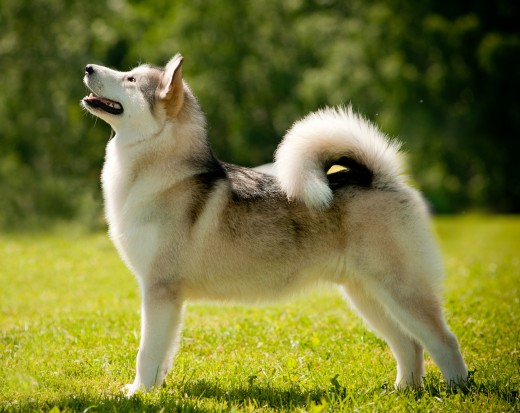 Is The Alaskan Malamute A Good Choice Of Domestic Pet?
Is The Alaskan Malamute A Good Choice Of Domestic Pet?
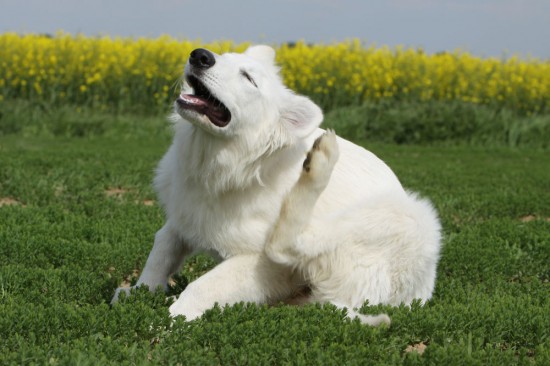 Dog Scratching - Why Your Dog Might Be Itching Himself To Distraction
Dog Scratching - Why Your Dog Might Be Itching Himself To Distraction
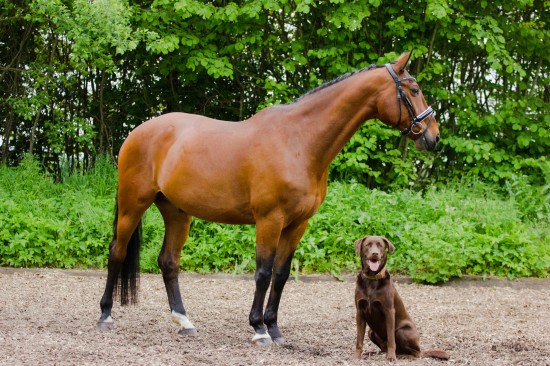 How To Keep Dogs Safe Around Horses When Out On A Walk
How To Keep Dogs Safe Around Horses When Out On A Walk
 8 Great Home Remedies For Dogs
8 Great Home Remedies For Dogs
 10 Top Reasons For Adopting A Dog
10 Top Reasons For Adopting A Dog
 How To Cope With Dogs Suffering With Malassezia Dermatitis
How To Cope With Dogs Suffering With Malassezia Dermatitis
 Avoiding Hereditary Health Problems When Breeding Pedigree Dogs
Avoiding Heredita
Avoiding Hereditary Health Problems When Breeding Pedigree Dogs
Avoiding Heredita
 Golden Retrievers And Obesity Issues
Golden Retrievers
Golden Retrievers And Obesity Issues
Golden Retrievers
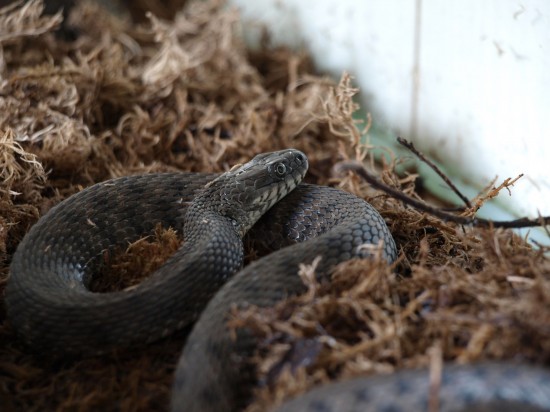 Cleaning Your Pet Snake’s Enclosure
Cleaning Your Pet
Cleaning Your Pet Snake’s Enclosure
Cleaning Your Pet
 Double Dapple Dachshund Dogs And Their Problems
Double Dapple Dac
Double Dapple Dachshund Dogs And Their Problems
Double Dapple Dac
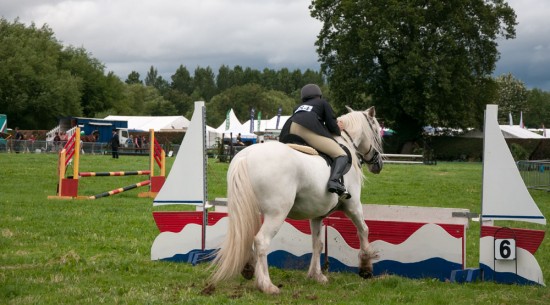 Falling From Your Horse - How To Do It As Safely As Possible!
Falling From Your
Falling From Your Horse - How To Do It As Safely As Possible!
Falling From Your
Copyright © 2005-2016 Pet Information All Rights Reserved
Contact us: www162date@outlook.com